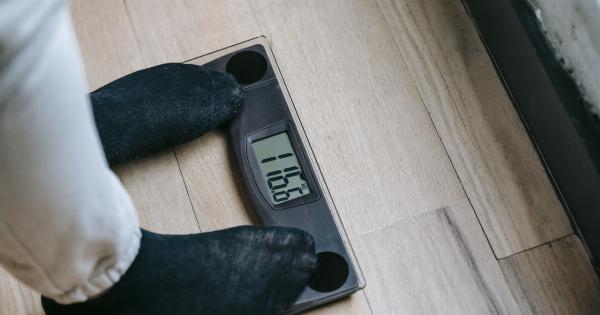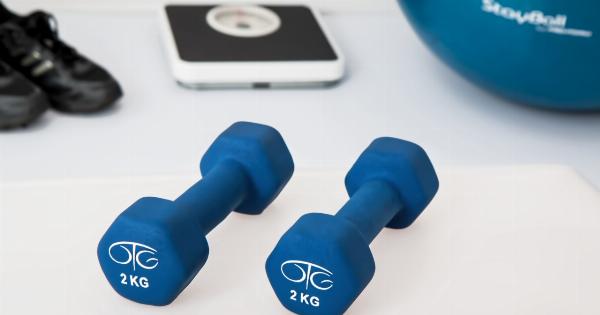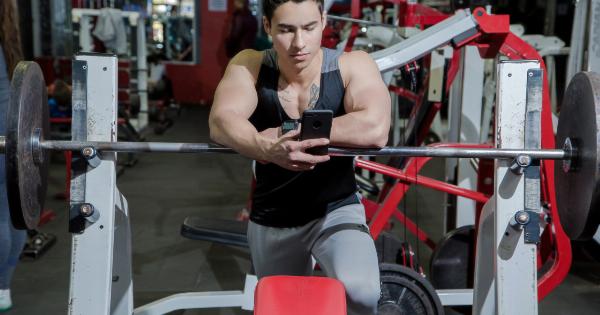Stroke is a major medical condition that affects millions of people worldwide. One of the most common impairments following a stroke is difficulty with walking.
Patients are often left with physical disabilities and a lack of mobility, resulting in a significant impact on their quality of life. However, with the advent of new technologies, stroke patients are benefiting from innovative treatments that are helping them to regain their stride and reclaim their independence.
What is a Stroke?
A stroke occurs when a blood vessel in the brain bursts or is blocked, leading to a lack of oxygen and nutrients to brain tissues. These brain cells can start to die within minutes, and this can result in permanent damage.
The effects of a stroke can vary, but they can include paralysis or weakness on one side of the body, difficulty with speech, and memory and cognitive problems. Stroke is a leading cause of disability, and it can alter a person’s life dramatically.
Why Walking Can Be A Challenge After A Stroke
Walking is a complex task that requires coordination, balance, and muscle strength. When a stroke occurs, the brain’s ability to control movement can be affected.
The disruption to the brain’s signals to the muscles can cause weakness and spasticity, making it difficult for a stroke patient to walk. Additionally, patients may have other physical issues such as problems with vision, sensation, and perception that make it challenging to navigate the world in a safe and efficient manner.
Conventional Methods for Rehabilitation and Walking Assistance
Traditionally, stroke rehabilitation involved a combination of physical therapy, occupational therapy, and speech therapy.
Patients would spend hours in rehabilitation sessions, learning how to perform basic tasks such as sitting up, standing, and walking. Walking aids such as canes, walkers, and braces were often utilized to support patients and facilitate mobility.
While these methods are still widely used, many patients struggle to make significant gains in mobility and independence with conventional therapies alone.
Revolutionary Technology: Exoskeletons and Bionic Legs
New technologies are being developed to help stroke patients regain their ability to walk. One such technology is exoskeletons, wearable devices that can support and assist with walking.
These robotic devices are designed to mimic the natural movement of the legs and provide stability and balance to patients. The exoskeletons are powered by batteries and have sensors that can detect changes in the user’s gait and adjust accordingly. Patients can control the exoskeletons with software, allowing them to adjust their speed and stride length as needed.
Another groundbreaking development is the bionic leg, also known as a powered prosthetic. A bionic leg is a device that replaces the lost function of the lower leg and foot.
These high-tech devices use advanced sensors and artificial intelligence to analyze a patient’s movements and optimize their gait pattern. This technology can enable a patient to walk with a more natural and fluid motion, reducing the risk of falls and improving overall mobility.
The Benefits of Exoskeletons and Bionic Legs for Stroke Patients
Exoskeletons and bionic legs offer numerous benefits to stroke patients. First and foremost, they provide patients with a new level of independence. Patients can now walk without assistance and accomplish tasks that were once impossible.
This can have a profound impact on a patient’s mental health and overall quality of life. Additionally, walking with an exoskeleton or bionic leg can reduce the risk of falls and injuries, improving patient safety.
The technology also allows for more intensive rehabilitation, as patients can spend more time walking and working on their gait.
Real-World Success Stories
The use of exoskeletons and bionic legs to help stroke patients regain their ability to walk has yielded incredible results in recent years. There are countless stories of patients who have transformed their lives with the help of these technologies.
One such patient is Alistair Cook, a 58-year-old man who suffered a stroke and was unable to walk. After several months of using an exoskeleton, Cook was able to walk again. He described his experience as “life-changing” and said that the exoskeleton allowed him to regain his independence and quality of life.
Other patients have reported similar outcomes, expressing gratitude for the chance to walk and feel like themselves again.
The Future of Stroke Rehabilitation
The future of stroke rehabilitation is bright, thanks to new technologies that are continually being developed.
Exoskeletons and bionic legs are just the beginning of a wave of revolutionary devices that will empower stroke patients and help them to regain their independence. As these devices become more affordable and accessible, we can expect to see an increasing number of stroke patients benefiting from these technologies. The possibilities are endless, and the future of stroke rehabilitation is full of hope.





























